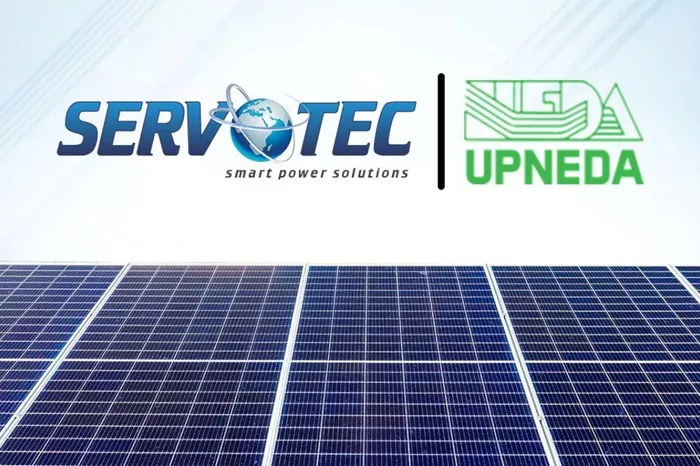In a world where energy reliability and sustainability are no longer optional, solar power generators have emerged as a game-changing technology. But what exactly are they, and how do they differ from traditional gas-powered generators? This article dives deep into their design, benefits, and practical applications to help you decide if they’re the right fit for your lifestyle.
How Does a Solar Power Generator Work?
A solar power generator uses sunlight to create electricity through a streamlined process. Here’s a simplified breakdown:
1. Solar Panels Capture Sunlight
Solar panels, made of photovoltaic (PV) cells, absorb sunlight and convert it into direct current (DC) electricity. Monocrystalline panels (15–22% efficiency) perform better in low-light conditions than polycrystalline ones (13–16%).
2. Battery Storage Saves Energy
The DC electricity flows into a battery for storage. Most modern systems use lithium iron phosphate (LiFePO4) batteries, which last up to 5,000 charge cycles and are safer than traditional lead-acid batteries.
3. Inverter Converts Energy for Use
An inverter transforms stored DC power into alternating current (AC), which powers everyday devices like phones, refrigerators, and medical equipment. Pure sine wave inverters are ideal for sensitive electronics. This system requires no fuel, operates silently, and produces zero emissions—making it ideal for indoor and outdoor use.
Why Are Solar Generators Better Than Gas-Powered Alternatives?
Gas generators rely on gasoline or propane, which are costly, require storage, and emit harmful fumes. Solar generators eliminate these risks entirely. A typical 2,000W solar generator can offset 3 tons of CO2 emissions over a decade compared to gas models. This is equivalent to planting 150 trees. Most solar generators weigh 15–50 pounds and include handles or wheels. They’re perfect for camping, RV trips, or emergency evacuations—no loud engine noise or exhaust. Gas generators need oil changes, spark plug replacements, and carburetor cleanings. Solar generators only require occasional panel cleaning and battery care.
What Types of Solar Generators Are Available?
1. Portable Solar Generators
- Best For: Camping, tailgating, or short-term power outages.
- Capacity: 300–1,500Wh (enough to charge phones, lights, and small appliances).
- Example: The Jackery Explorer 1000 (1,002Wh) can power a mini-fridge for 14 hours.
2. Home Backup Systems
- Best For: Extended power outages or off-grid living.
- Capacity: 2,000–6,000Wh (expandable with extra batteries).
- Example: The EcoFlow Delta Pro (3,600Wh) can run a refrigerator for 7+ hours.
3. Hybrid Systems
Combine solar panels with wind turbines or grid charging for flexibility. Best For: Areas with inconsistent sunlight or high energy demands.
How to Choose the Right Solar Generator?
1. Calculate Your Energy Needs
List the devices you want to power and their wattage. For example:
- Phone (5W): 15Wh per day (3 hours of charging).
- Refrigerator (700W): 1,680Wh per day (24 hours of runtime).
- Total Daily Requirement: ~1,700Wh.
2. Prioritize Battery Capacity
Choose a generator with 20–30% more capacity than your total needs. For 1,700Wh, opt for a 2,000Wh model.
3. Check Solar Charging Speed
A 2,000Wh battery takes: 5–7 hours to recharge with 400W solar panels (ideal conditions). 10–12 hours with 200W panels (cloudy weather).
4. Verify Output Options
Ensure the generator has:
- AC outlets for appliances.
- USB-C ports for fast device charging.
- 12V ports for car accessories like coolers.
What Can You Power with a Solar Generator?
1. Emergency Scenarios
- Medical Devices: A CPAP machine (60W) can run for 30+ hours on a 2,000Wh battery.
- Lights: A 10W LED bulb lasts 200+ hours on a single charge.
- Communication: Keep phones and radios charged during outages.
2. Outdoor Adventures
- Camping: Power portable fridges (50W), LED lights, and drones.
- RV Trips: Run a 1,500W AC unit for 1–2 hours (requires 3,000Wh+ capacity).
3. Daily Energy Savings
- Home Office: Power a laptop (50W) and Wi-Fi router (10W) for 8 hours (480Wh).
- Workshop: Use power tools like a drill (600W) intermittently.
What Are the Limitations of Solar Generators?
1. Weather Dependency
Solar panels need sunlight to recharge. Cloudy days or shaded locations can slow charging.
Solution: Pair with grid or car charging for backup.
2. Power Limits
Most models can’t sustain high-wattage appliances like electric stoves (3,000W) or central AC units.
Workaround: Use gas generators for high-energy tasks or opt for hybrid systems.
How to Maintain Your Solar Generator
1. Battery Care
Avoid draining the battery below 20% to prolong its lifespan. Store at 50–80% charge if unused for months.
2. Solar Panel Maintenance
Clean panels every 2–3 months with water and a soft cloth. Avoid shading from trees or debris to maximize efficiency.
3. Inverter Safety
Never exceed the inverter’s wattage limit (e.g., don’t plug a 1,500W device into a 1,000W inverter).
Are Solar Generators Cost-Effective?
Breaking Down the Costs:
- Initial Investment: A 3,000Wh solar generator costs 2,000–4,000.
- Fuel Savings: No need to buy gasoline or propane, saving $300+ annually.
- Maintenance Savings: No oil changes or engine repairs.
Over five years, a solar generator costs about the same as a gas model but with zero emissions and no ongoing expenses.
Who Should Buy a Solar Power Generator?
- Homeowners: Ensure backup power during storms or grid failures.
- Outdoor Enthusiasts: Enjoy off-grid adventures without noise or fumes.
- Eco-Conscious Users: Reduce carbon footprints and support renewable energy.
Conclusion
Solar power generators are not a one-size-fits-all solution, but their benefits in sustainability, versatility, and long-term savings make them a standout choice for most users. They empower you to take control of your energy needs while contributing to a cleaner, greener planet.
While they have limitations—such as weather dependency and upfront costs—advancements in battery tech and solar efficiency are rapidly addressing these challenges. Whether you’re preparing for emergencies, exploring the outdoors, or aiming to reduce reliance on fossil fuels, a solar generator is a forward-thinking investment.

